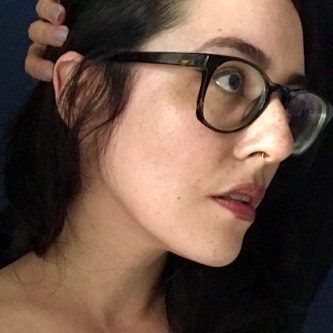Writing about a classic movie such as Roman Polanski’s Repulsion, a TV show like The Bachelor, or the multifaceted career of an actor like Nicolas Cage, you explore the boundaries and exchanges between art and industrial production, what once would have been described as “high” and “low” culture. How do you conceive of these two spheres, and why is their polarity interesting to you?
The prospect of that polarity is only interesting to me insofar as it dramatizes the way a well-oiled analytical imagination can meaningfully revolve around any object, considering its industrial or artistic legitimacy as a product of dynamic, historically situated forces, rather than fixed criteria for aesthetic judgments that indicate or fortify “taste.” Generally, I experience the high/low disparity as pretty flattened — by cultural studies, by the democratizing engine of the internet, etc. — but I appreciate these distinctions retain a kind of anecdotal charge even for those of us who want to think deeply about ostensibly shallow texts. If all art is produced and circulated in contexts that merit analysis, and all industrial “products” can be read as artistic compositions, then everything interesting is eligible.
“What if,” you ask in your study of Polanski’s Repulsion, “we understand as horror’s most potent capacity not transgression, but revelation?” Is it possible to draw a comparison between the revelation of horror and the catharsis of ancient tragedy? Most of all, if horror is revelation, what does it reveal?
I do think horror has a purgative function. Most interesting to me is the ambivalence of release: gleeful screaming, or laughter without amusement. In that essay (on Repulsion), I’m thinking about the way horror — and specifically what I call domestic horror, where the home is a privileged site for confrontations with submerged trauma — is authoritative when it comes to how scary the world actually is, more so for some than others. So “reveal” is kind of a feint. What horror shows the spectator is something that vulnerable populations already know (e.g., monstrosity may be real, fears may be warranted); what it reveals is a self-awareness not limited to its generic history and conventions, whereby the genuinely threatening prospects of violation, cruelty, obliteration, and so on are acknowledged as part of what structures everyday life, not forces that temporarily threaten its coherence from without.
